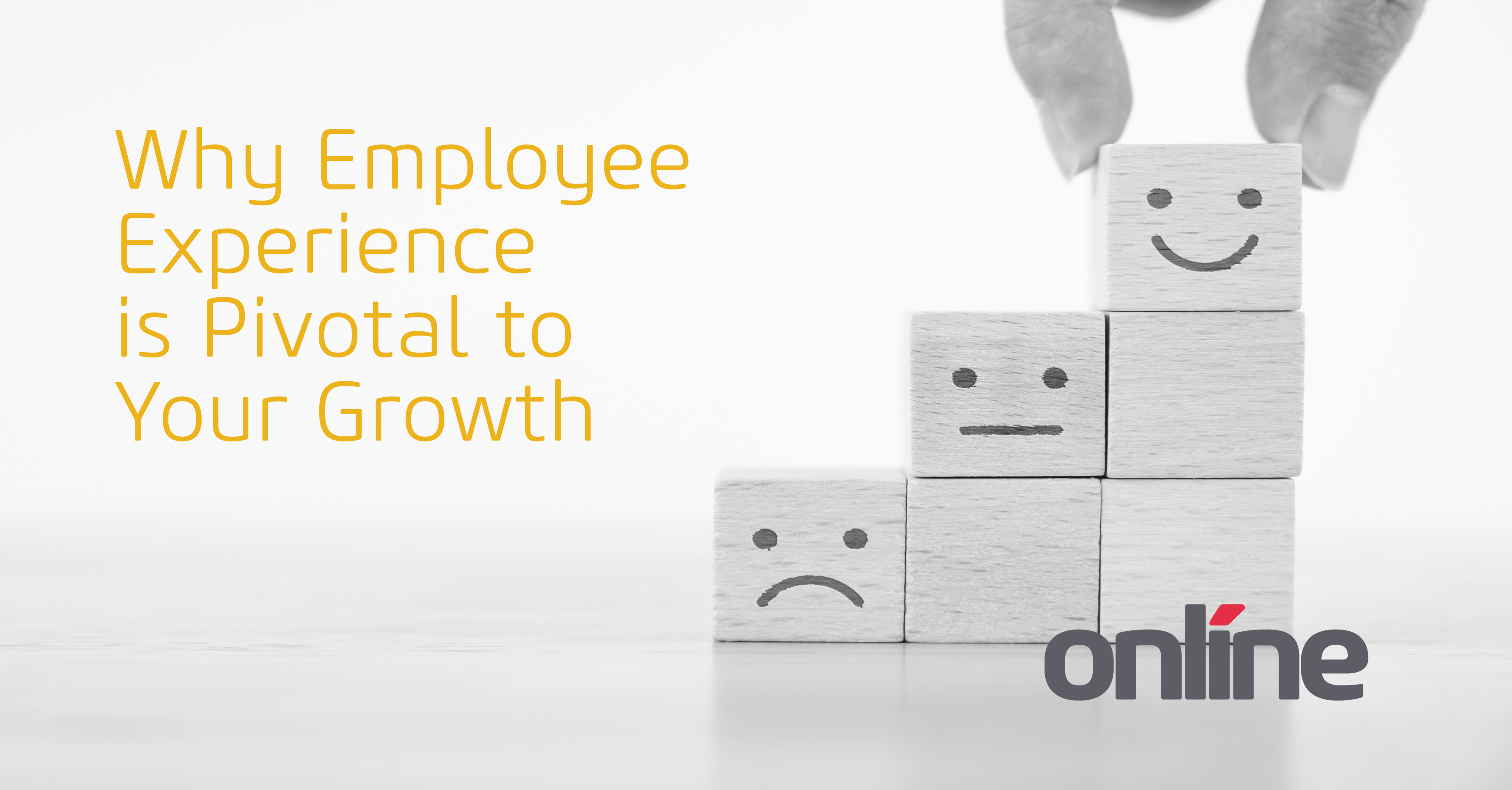The future is already here — it's just not very evenly distributed.
-William Gibson
We have entered a very dynamic period of customer expectations and digital  capabilities, where great experiences are possible, but are often very disappointing. The shift from hardware innovation to software innovation as a focal point of user experience means every app developed has the potential to be the best in its class, or immediately cast into digital oblivion with an “uninstall”. Organizations must accept this new responsibility and adapt to become more innovative and user-centric.
capabilities, where great experiences are possible, but are often very disappointing. The shift from hardware innovation to software innovation as a focal point of user experience means every app developed has the potential to be the best in its class, or immediately cast into digital oblivion with an “uninstall”. Organizations must accept this new responsibility and adapt to become more innovative and user-centric.
Everyday activities expose customers and employees to the best and worst of digital experiences.
The information age and the PC changed how people work. Initially, people equated innovation in “user experience” with improvements to the computer hardware we used. In other words, to improve capability you needed to buy a PC that had new features, such as a color monitor or a CD ROM drive. The result was a very linear and step-wise incremental improvement to user experience, and it was easy to keep track of what the “state of the art” was at any given time. From a business perspective, organizations normally fell under the following categories when it came to being up-to-date:
- The “current” computer was one that most organizations would deploy. It would have the latest features like a CD ROM drive or discreet video card.
- Depending on your industry there was a specialized market for those who’d pay top dollar for the “next generation” hardware (next generation computers would often would become current within 18 months).
- Finally, there were those using the previous generation of computer - the “laggards” that were probably in need of an upgrade, but maybe their work didn’t require the latest and greatest in tech.
There weren’t too many companies with computers that were multiple generations behind because the improvements were so significant and obvious that the hardware would be rendered obsolete (the ability to save a file on a disk or use a GUI like Windows for example).
As we all know based on the above, things are much different today; instead of a linear upgrade path, we have thousands of options when it comes to hardware, from most basic desktop PC’s to the 3rd generation Apple Watch, from an Android Tablet to a Google Home smart speaker. There is no normal or “current” upgrade, there is unlimited diversity.
But today, as devices have multiplied, development technologies and the Cloud have started to de-emphasize differences in hardware. For example, while there is a wide range of smartphones available to consumers today, most of them provide a very similar base set of functionalities: high-definition touch screen interfaces, motion and light sensors, high speed internet access, etc. This commonality and stability of the smartphone has pushed innovation from hardware to software, meaning it’s now possible to deliver “current”, “next generation”, and “laggard” user experiences through different apps on the same device.
That means that the point of true innovation for user experience is now in the software running on the device, not necessarily the device itself. Whereas previously, we’d look to a hardware vendor to churn out a whole new computer with a fancy new user experience component, now it’s UX Designers and the Software Developers inventing - on common hardware - the next generation experiences that will eventually become the new normal. And that means every company that develops digital experiences has the responsibility of innovation and design on user experience. It also means that every company faces the risk of developing app software that misses the mark and turns even the most advanced smartphone into a useless tool.
The pressure to build a website, mobile app, or customer portal that delights its target audience is higher than ever before. These projects can be incredibly high profile, and the desire to make sure we “get it right” can be a major barrier to getting digital experience improvements off the ground. We advise our customers to take the following three-part approach to building an effective digital experience:
- Understand your vision for how your company’s unique personality/brand expression translates into interactions with your customers, and reimagine those experiences taking into account the seemingly endless possibilities that digital products can deliver. Use this vision to validate and prioritize experience improvement work.
- Do your research and design intentional experiences that speak to people in their own terms, and which solve problems in their world. Figure out how to leverage these experiences to the net gain of your organization and figure out how you’re going to measure the results of both so you can continuously improve.
- Finally, deliver your experiences by building products that are secure, fast/responsive, and which faithfully deliver the experience as intended in the design. Gather data on usage, and use this to continuously refine the product. While technical expertise alone will not guarantee results, it’s still critical to making an impact.
Online’s Digital Studio specializes in designing and building amazing digital experiences and products. We help business understand their customers better and to create compelling experiences through web and mobile applications that are purpose-built to deliver business results.
Want to learn more? Feel free to leave a comment below or contact us directly.




Submit a Comment